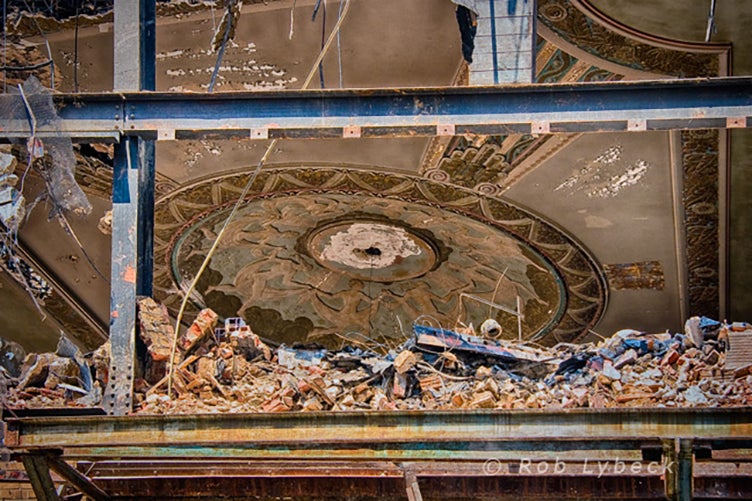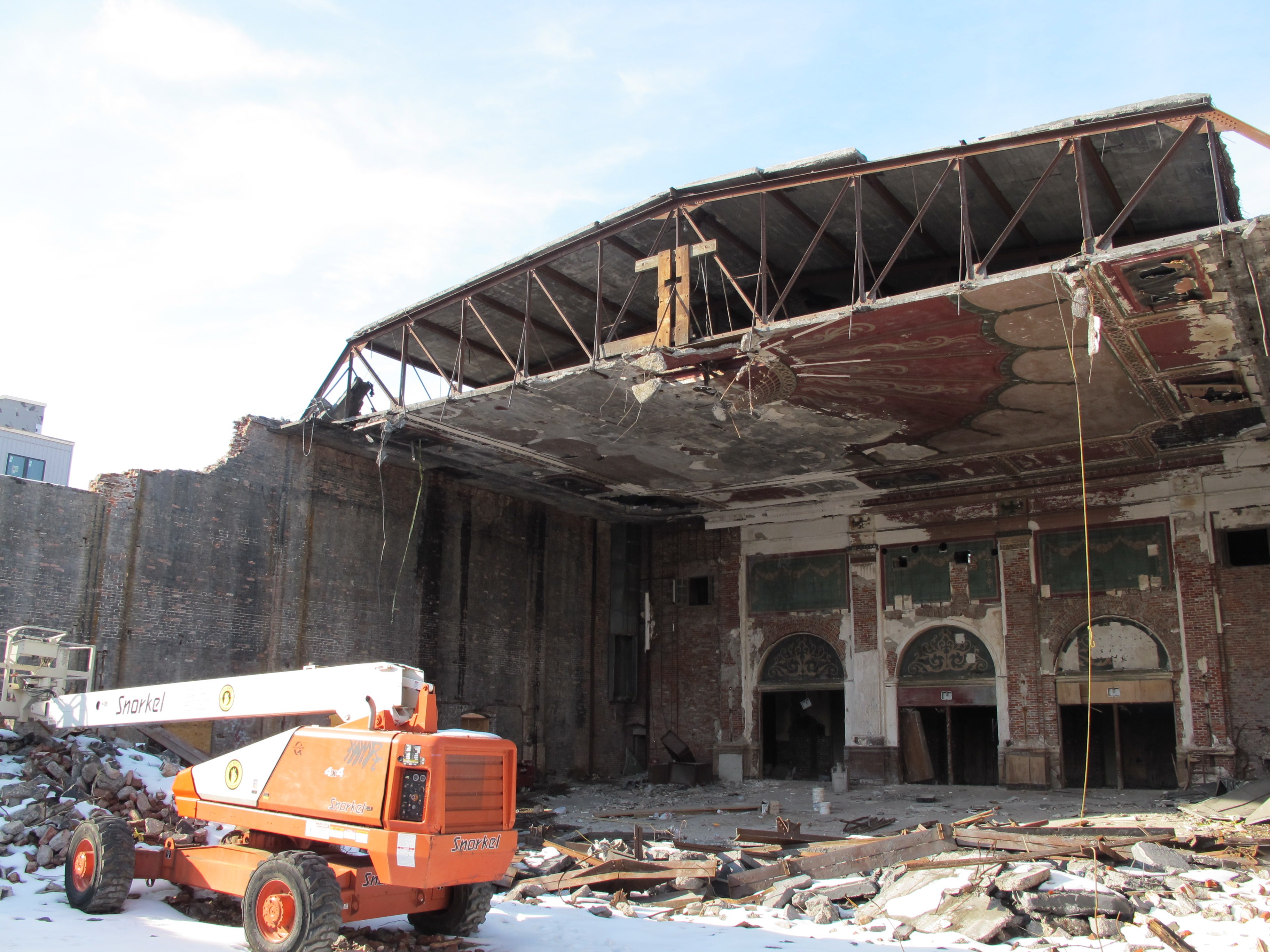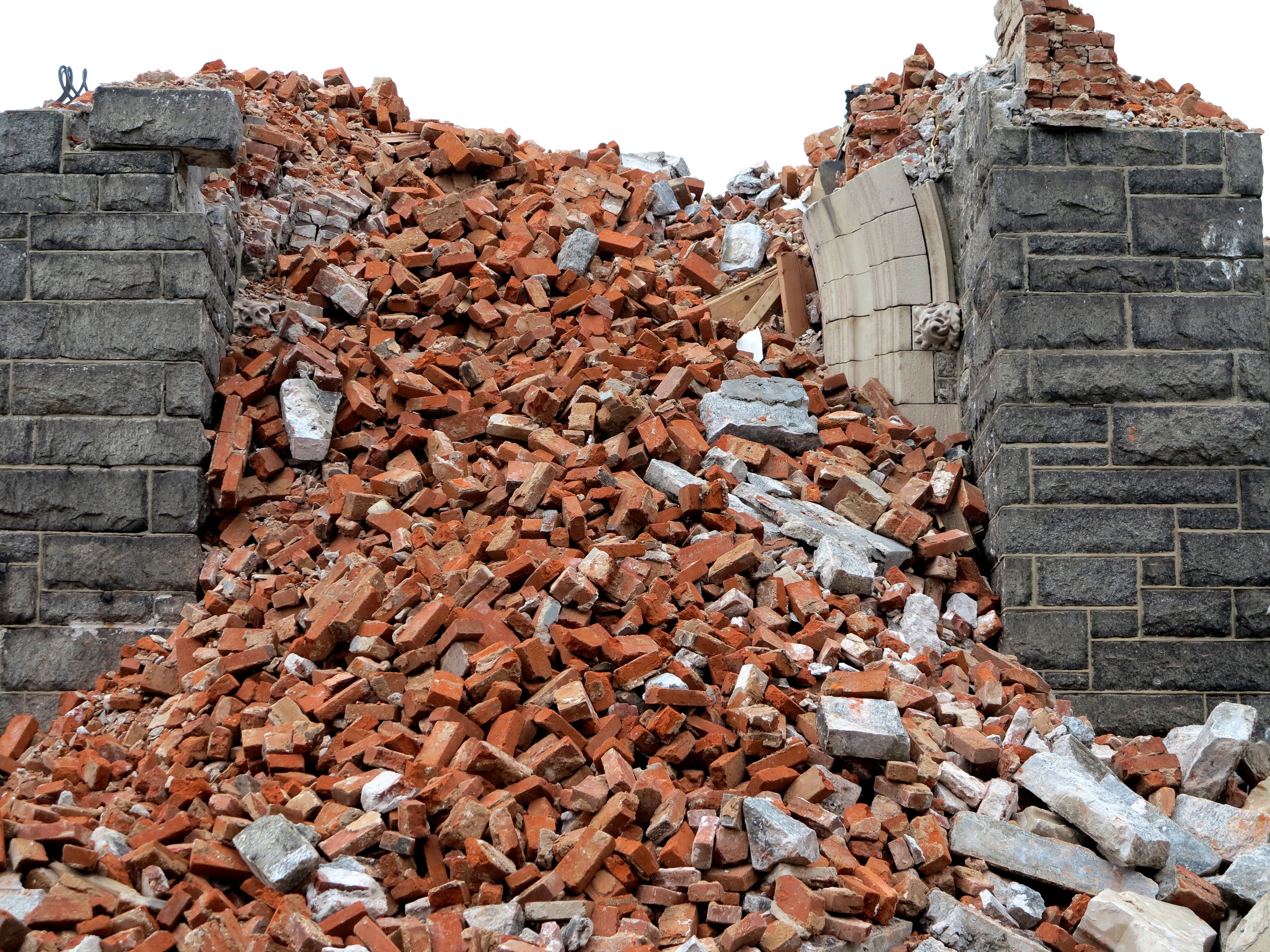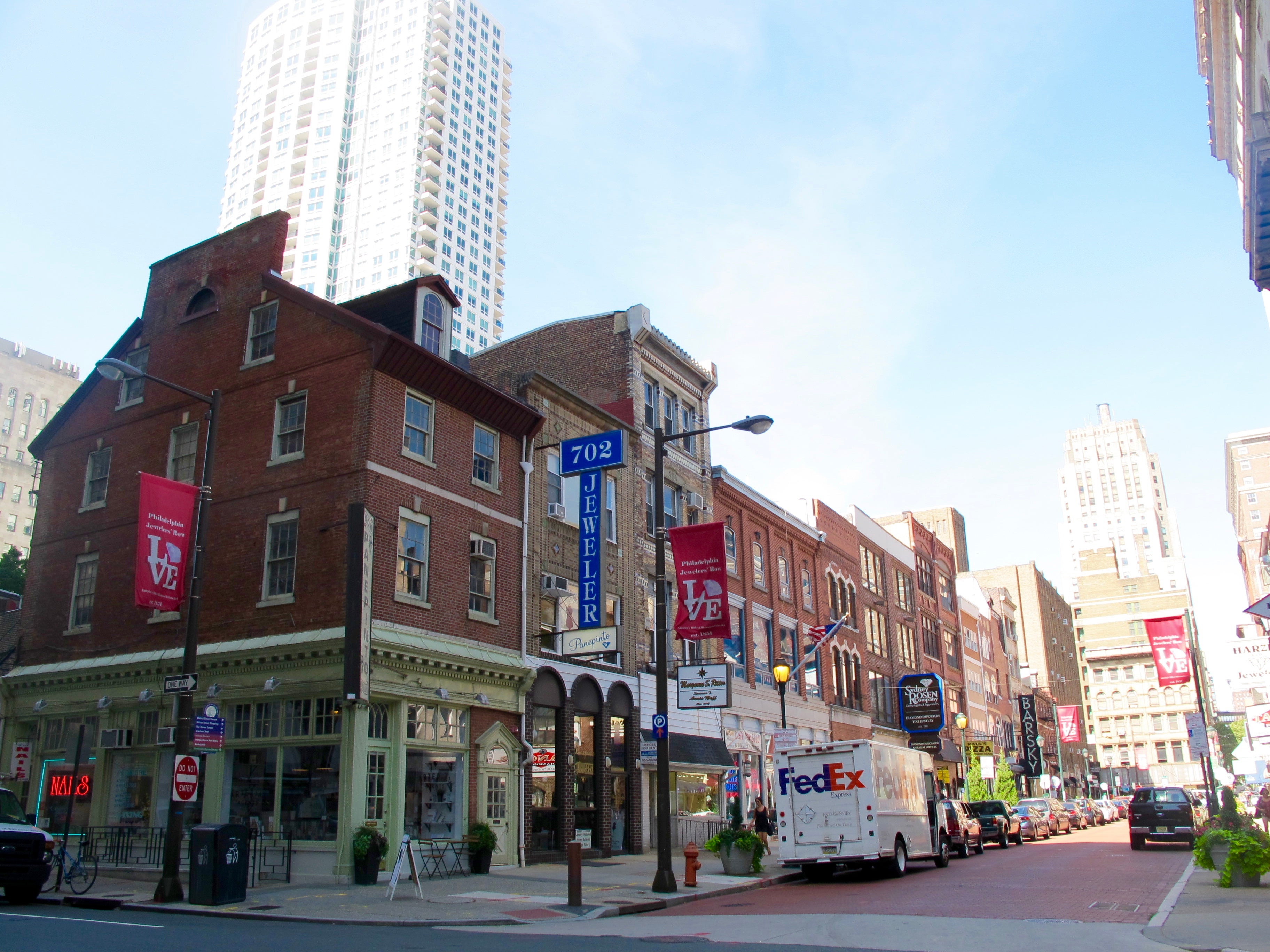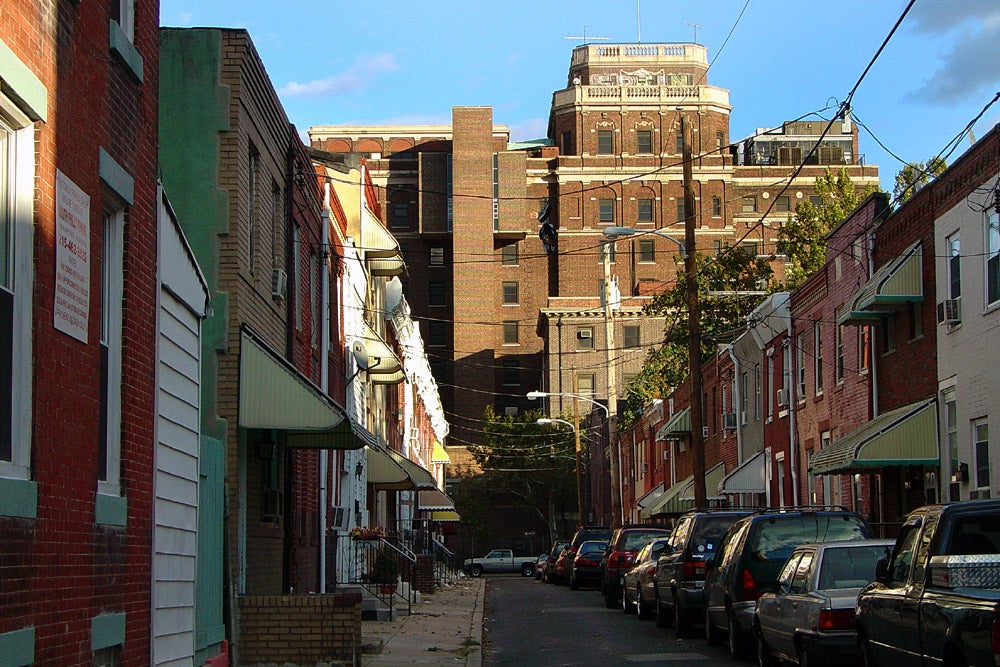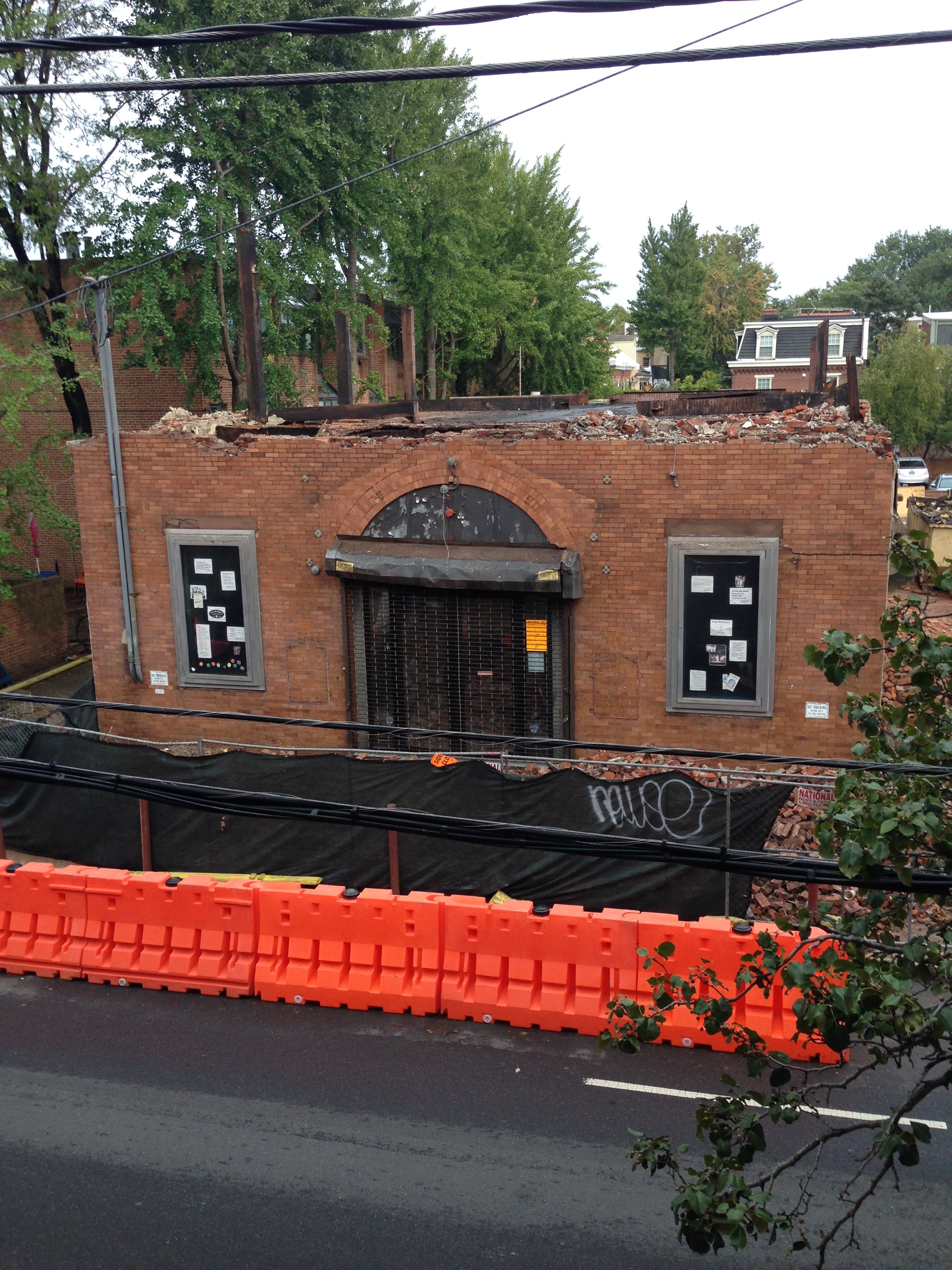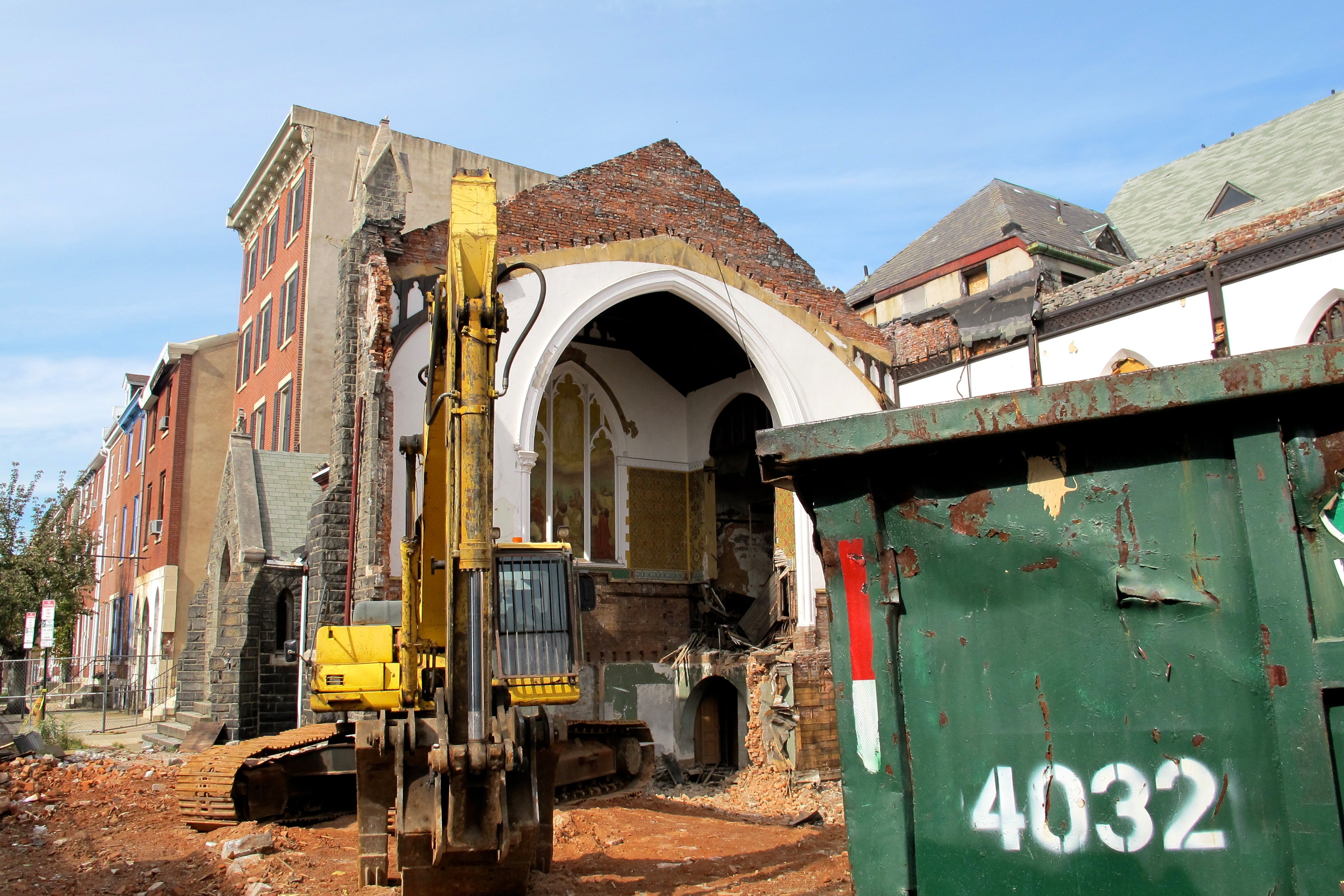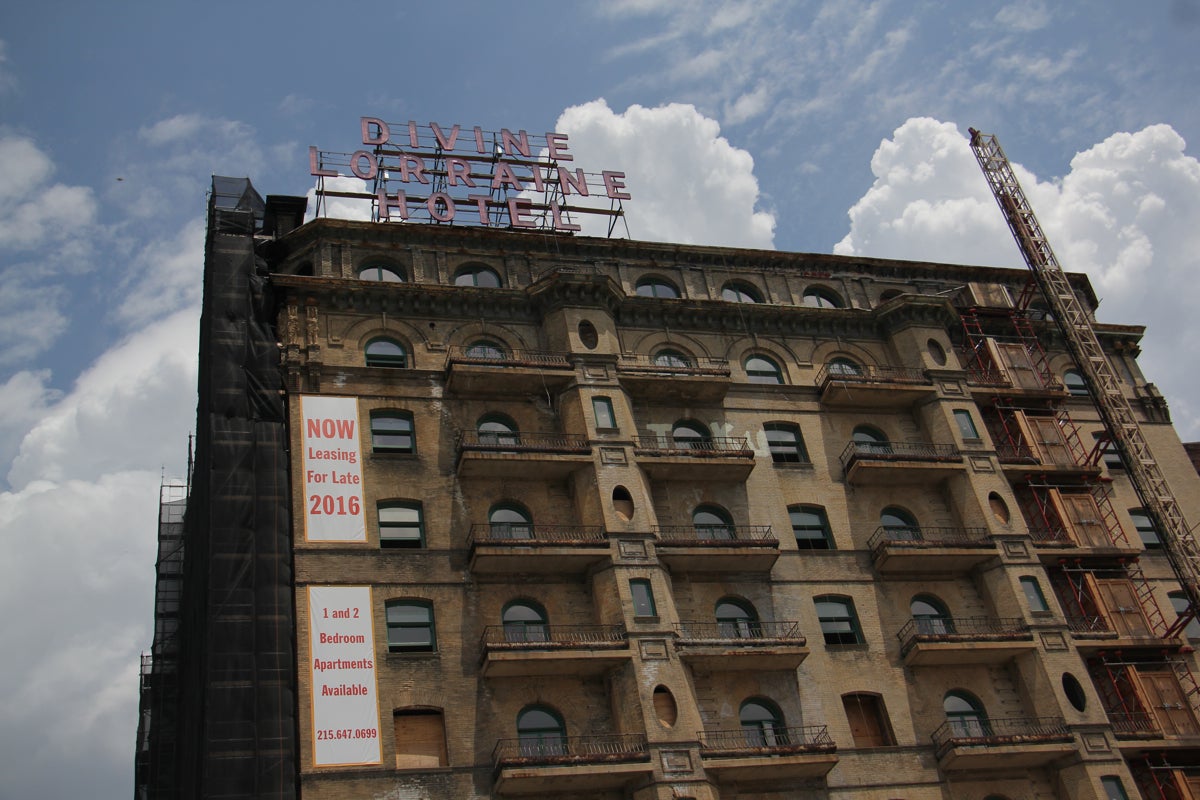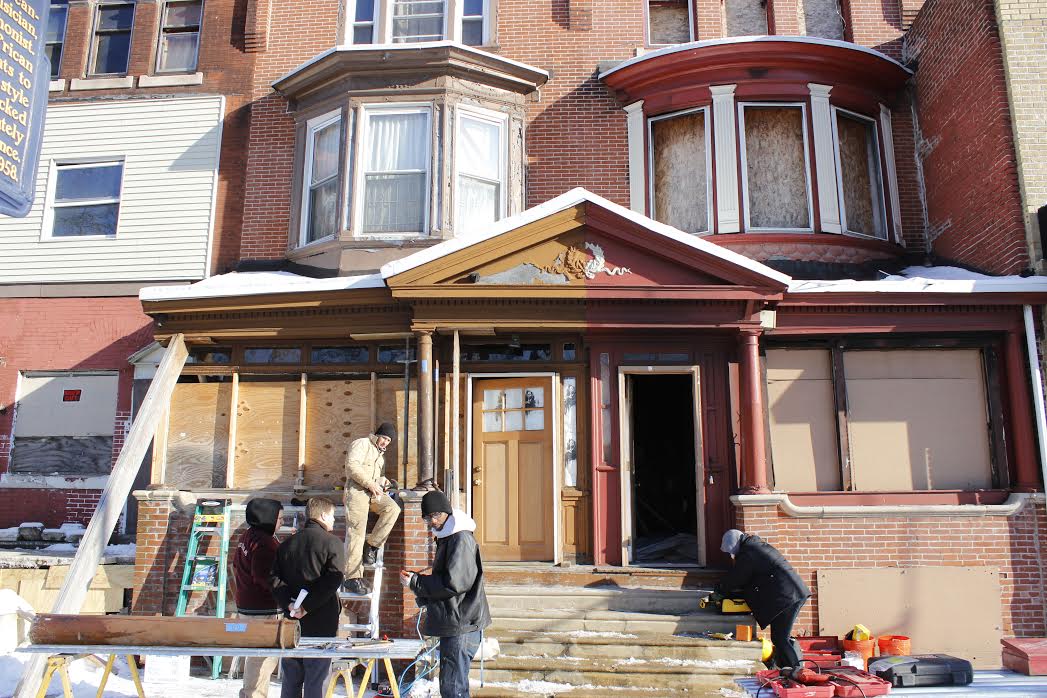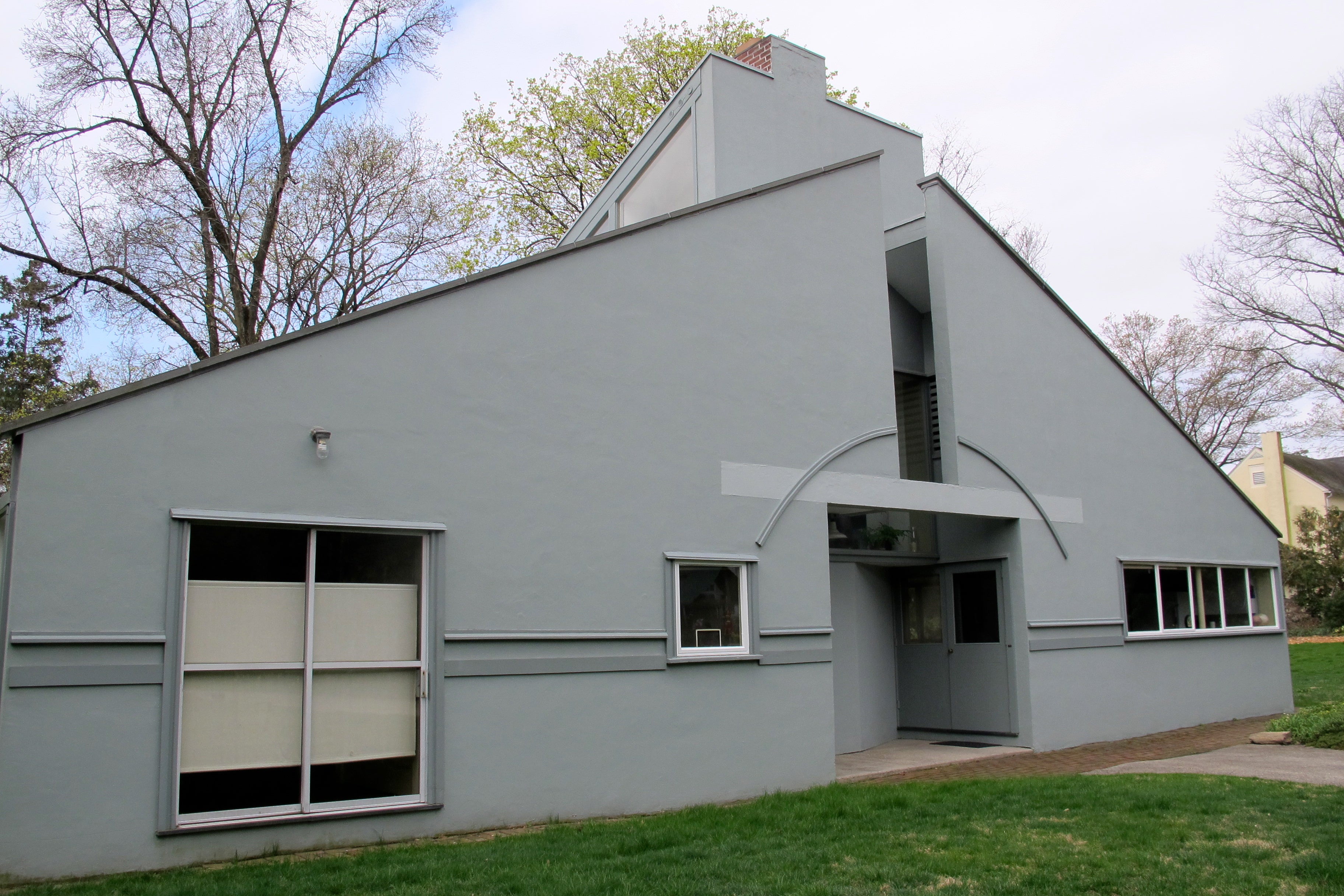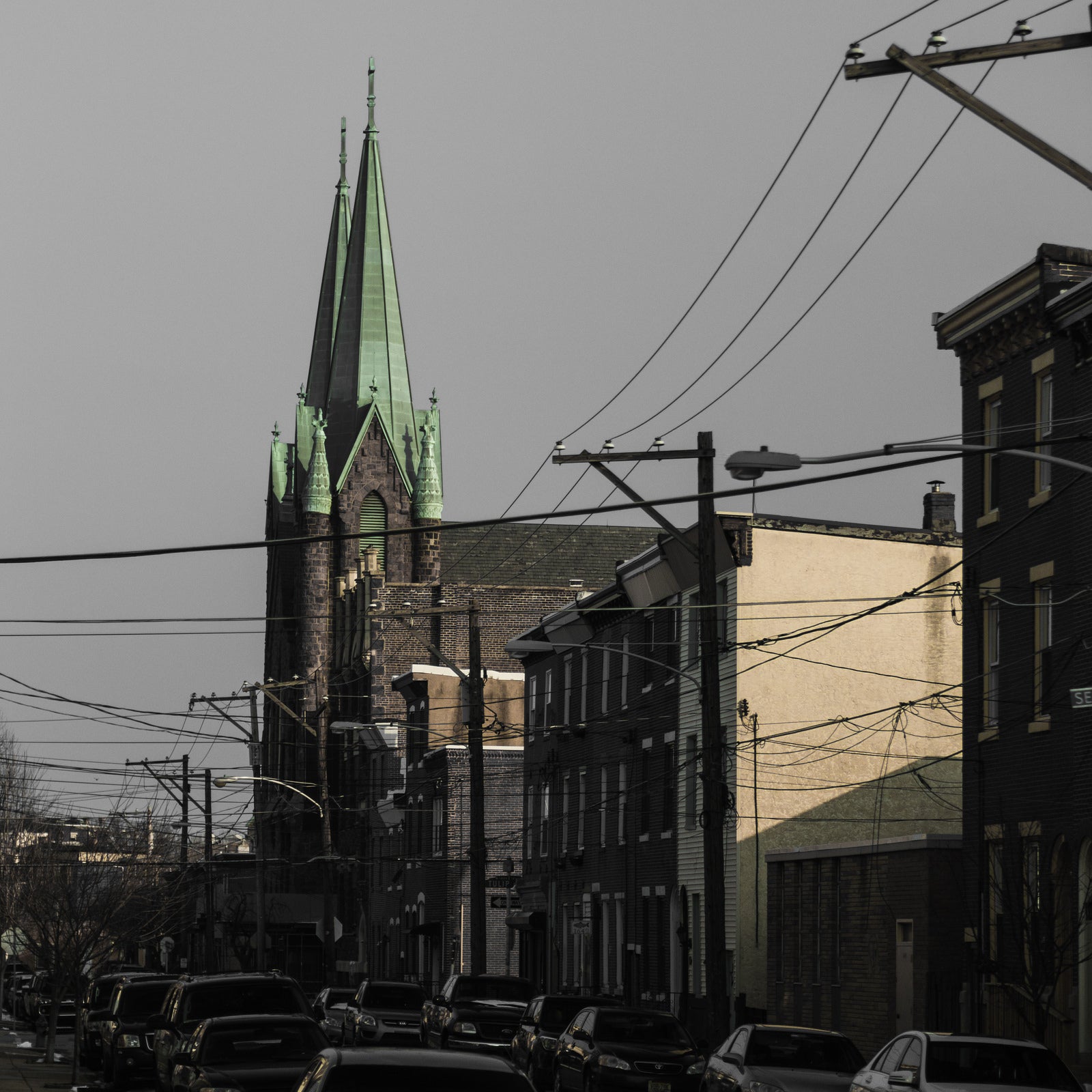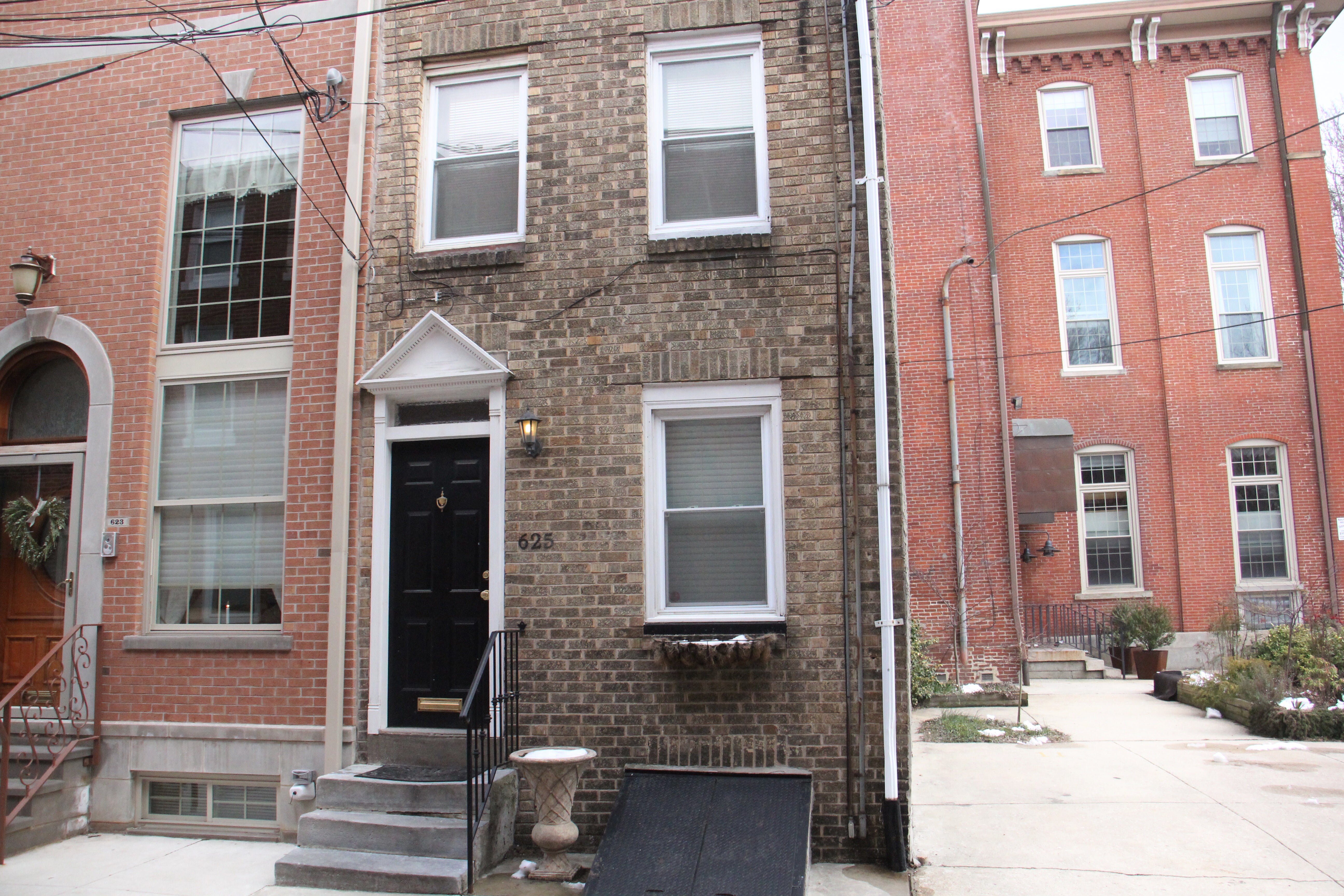Philly reckons with its endangered history as preservation task force pivots to solutions
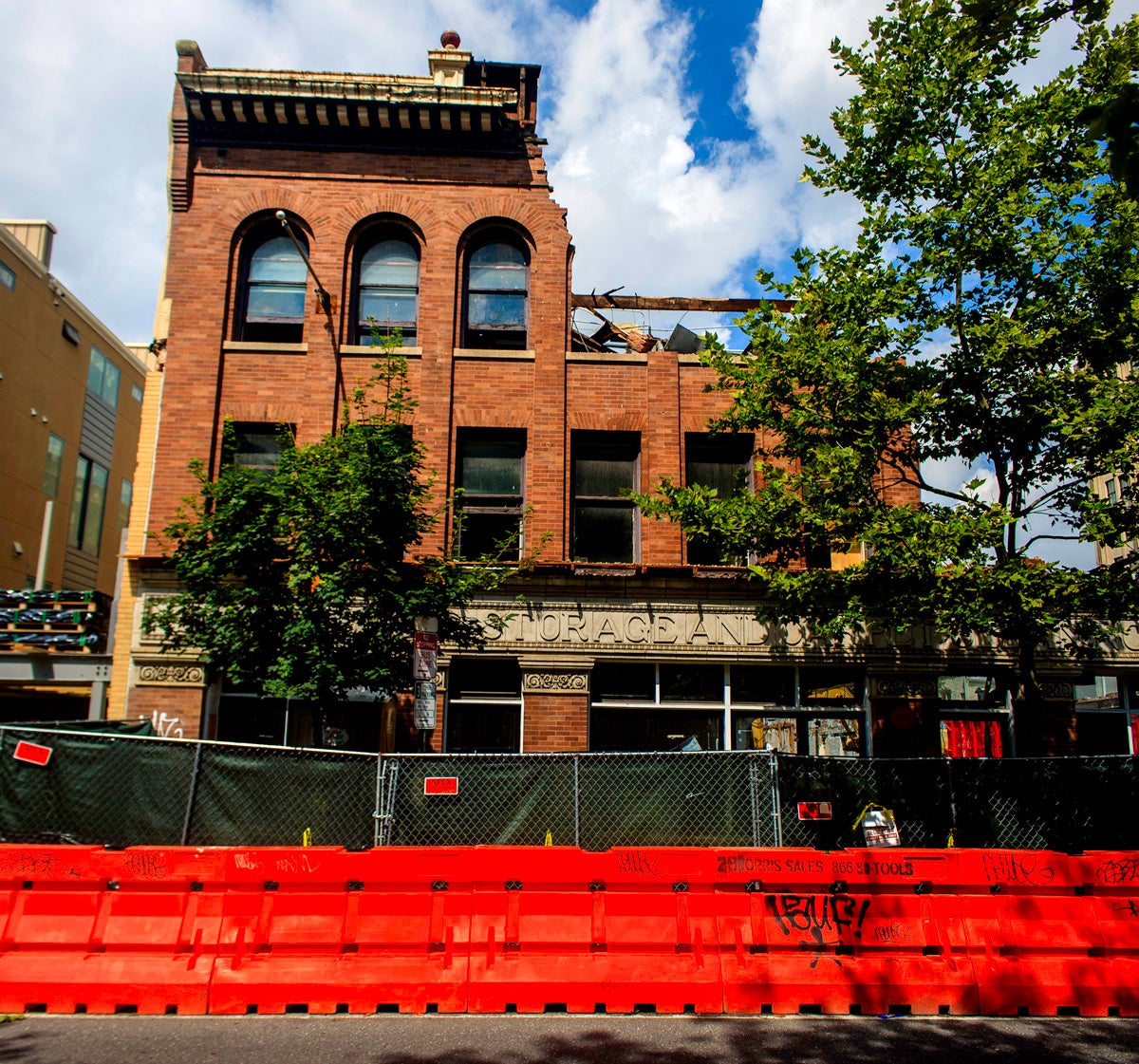
By Ashley Hahn
“We’re moving through a jungle, shrouded in mist. We’re on a path. We don’t know where it’s going, or what’s going to hit us in the face. But we’re coming to a clearing where the issues and strategies have finally started to become clearer.”
That’s the impression one of Mayor Jim Kenney’s Historic Preservation Task Force members paints of the halfway point on this project’s journey. It may be no excursion in an Amazonian rainforest, but the task force has spent months going deep into the tangle that is the city’s preservation and development ecosystem, searching for ways it can improve.
This week the task force released the first of its three reports, a review of how preservation presently works in Philadelphia, which will be the foundation for recommendations it makes to the city by the end of the year. It comes nearly a year after the task force was established, delayed in part by the replacement this winter of consultant Karen Black who was managing the project.
As PlanPhilly reported in November, the task force has been taking its time to build a collective understanding and some agreement on the state of preservation in Philly. The report, released for public comment Wednesday, distills information shared at the task force’s meetings since last summer about designation and regulations; the advocacy climate; the limited incentives and mechanisms for public engagement; the Philadelphia Historical Commission’s capacity; and the incomplete and fragmented state of knowledge about the city’s historic resources. It also summarizes the work of four subcommittees – regulations, survey, incentives, and outreach and education – whose meetings are not public.
For those deeply versed in Philly preservation, little in this report is new. It reflects what the city code and plans already say, and leans substantially on data from recent reports by the National Trust for Historic Preservation, Urban Land Institute, Preservation Alliance for Greater Philadelphia, and the State Historic Preservation Office. Its recounting of the city’s preservation ecosystem isn’t terribly different from a similar task force in 2005, which led to little change. But it does create an updated baseline, putting members of the task force, who come with a wide range of experience and perspectives, on the same page.
“We really had to elevate ourselves as a group to the same depth of knowledge,” said vice chair Dominique Hawkins, a preservation architect and planner. “I think we’re there.”
Now the task force is entering a new phase focused on solutions. At its meeting Thursday morning, the 33 task force members will be asked to prioritize a list of 30 issues to refocus their work. Members of the public are encouraged to do the same by attending the meeting or weighing in online. The latter half of the task force’s 18-month project will be spent on best practices and zeroing in on a set of recommendations for the city’s consideration.
To learn how the project is progressing, I spoke with ten members of the task force, with the understanding they were not speaking for the task force and would not be named out of respect for their ongoing work together. The overwhelming sense is that the task force has the potential to make recommendations for meaningful, positive change. But this is a pivotal moment.
They sense that their collective work is finally picking up speed, but also that the clock is running down. With only a few months of work left, the group could face challenges finding enough points of agreement to make recommendations. And what the task force makes of these next few months will color the outcome of this whole endeavor, and could reshape the future of preservation in Philadelphia.
“It’s not about winning every battle”
The task force’s work should require an earnest reckoning with the idea that Philadelphia has a preservation problem — or many. But naming that problem has proved challenging. In part that’s a natural function of its members coming at the question from different perspectives. As a result, the report ends up skating past the more difficult topics and resists the chance to dive deeply into statistics that could help illuminate the challenges at hand, such as identifying where demolition is most prevalent.
Instead, the report adopts a clinical tone, trying to steer clear of the landmines that so often characterize the relationship between preservation and development, and takes great pains to be diplomatic. It plainly states Philadelphia’s preservation ordinance, last substantially overhauled in 1985, “merits review.” And that “citizens have raised concerns” about issues including demolition, the pace of designating properties and new districts as historic, regulation of historic and archeological resources, the challenges of maintaining historic buildings, and public awareness about the impact of preservation.
The document describes the city’s development climate in these tempered terms: “Investment in a growing city can create competition between the demand for new structures and the desire to preserve the existing building stock and built environment.”
To anyone who watches how fierce these fights can be, this language can come off as wildly understated. Perhaps the hope is that this reasoned tone will mean more people will take the task force’s work seriously.
One of the watchwords the task force has grown fond of using is “balance” – but just what that means isn’t entirely clear. The report says the task force’s charge is “making recommendations that balance adding new buildings to our built environment and preserving our rich inventory of historically and architecturally significant buildings.”
“It’s not about winning every battle,” as one task force member explained. “It’s about having reasonable outcomes and a reasonable process, [which] have not been the case in the last few years. The process is seen as really flawed.”
But the goal of balance suggests a recalibration to make preservation and development better partners in urban change. Indeed, that’s what Mayor Jim Kenney says he wants from the task force’s work. But that kind of balance suggests that these forces could be on some co-equal footing, and right now they are not.
There are people, even some involved with the task force, who seem to believe that the way to do preservation better is to do less of it. It is, however, hard to do less. Just 2.2 percent of buildings in the city are locally designated as historic, though more than 68 percent of Philly’s building stock was built before the mid-twentieth century, meaning it could qualifiy to be designated as historic.
“The reality is we’re tearing down buildings left and right, and we’re trying to figure out what to do with that, regardless of where you stand on the preservation-development spectrum,” said one task force member.
If the city and the task force it created have struggled to establish a shared set of facts, or agree on the problem to be solved, consider that the hardest work lies ahead. It now must identify a set of Philadelphia’s most pressing preservation challenges and recommend possible solutions.
The National Trust for Historic Preservation, a nationwide advocacy group which is serving as a technical consultant on this project, is helping inform this conversation. It has already provided a useful analysis of the city’s legal structures for preservation and has started to share lessons from peer cities, including best practices to inventory historic properties, broaden preservation’s base, and incentivize reuse.
“Right now we’re really midstream on the National Trust presenting a menu of ideas, options, tools and innovations that the task force will continue to discuss and figure out what we want to drill down on,” said Seri Worden, who is leading the National Trust’s team on this project and sits on the task force.
Most task force members I spoke with said they felt there has been a reluctance to really confront the difficult issues that were the impetus for the task force. Still, all said subcommittee conversations have been fruitful, and most were willing to talk more as a group, to work through the thorniest problems.
As one task force member told me, “this is the one opportunity in a complex big city for the task force to step back and make sure we address more than the obvious.”
“I hope we’ll start to see some convergence,” said another. “Committees are narrowing in on key issues or cross-cutting questions, and those things will be the focus of the conversation going forward.”
While it has the benefit of diverse expertise, city staff, and consultants, one open question is how the task force can bring more people into its ongoing conversation about preservation and managing change. The task force has neither the structure nor the budget to enrich its work with deep public engagement. It is holding some of its meetings in neighborhoods around the city during evening hours, but these feature more presentation than dialogue. It had only one meeting focused on public input. To that end, PennPraxis recently received grant support from the William Penn Foundation to develop a public engagement and strategy toolkit to complement and extend the task force’s work.
More broadly, there is no infrastructure to do sustained outreach or education about preservation. But there is a genuine desire on the city’s part to make preservation more inclusive and equitable, and that’s a quandary that will outlive the task force. Task force members say the next chapter of saving historic structures needs to include new ways for Philadelphians to care for the places that they deem important, and give the public a more meaningful voice. That hope should also be a clear signal to advocates that if preservation is to rank as a political priority, it needs a broader base of support. That’s an imperative as democratic as it is strategic.
As one member quipped, “My next door neighbor still has no idea what historic preservation is.”
WHYY is your source for fact-based, in-depth journalism and information. As a nonprofit organization, we rely on financial support from readers like you. Please give today.



